
Discovering Business Intelligence using MicroStrategy 9
¥63.21
This is a step-by-step tutorial that covers the basics of working with the MicroStrategy platform.If you are a BI developer who would like to use MicroStrategy to build BI apps, this book is ideal for you. This book is also for mid-management executives who need to analyze data and Excel files that are too complicated to manage. A basic concept of BI is assumed.

RabbitMQ Cookbook
¥80.65
A practical book filled with advanced recipes as well as plenty of code and real-life examples which will make your learning curve quick and easy.If you are a software developer who wants to develop distributed applications based on messaging, then this book is for you. It’s assumed that you have some experience with multithreading applications and distributed applications. You are also expected to know the basic concepts of Web and cloud applications in order to follow the recipes effectively.

Android Security Cookbook
¥80.65
Android Security Cookbook' breaks down and enumerates the processes used to exploit and remediate Android app security vulnerabilities in the form of detailed recipes and walkthroughs."Android Security Cookbook" is aimed at anyone who is curious about Android app security and wants to be able to take the necessary practical measures to protect themselves; this means that Android application developers, security researchers and analysts, penetration testers, and generally any CIO, CTO, or IT managers facing the impeding onslaught of mobile devices in the business environment will benefit from reading this book.

Mastering Python High Performance
¥71.93
Measure, optimize, and improve the performance of your Python code with this easy-to-follow guide About This Book Master the do's and don'ts of Python performance programming Learn how to use exiting new tools that will help you improve your *s A step-by-step, conceptual guide to teach you how to optimize and fine-tune your critical pieces of code Who This Book Is For If you're a Python developer looking to improve the speed of your *s or simply wanting to take your skills to the next level, then this book is perfect for you. What You Will Learn Master code optimization step-by-step and learn how to use different tools Understand what a profiler is and how to read its output Interpret visual output from profiling tools and improve the performance of your * Use Cython to create fast applications using Python and C Take advantage of PyPy to improve performance of Python code Optimize number-crunching code with NumPy, Numba, Parakeet, and Pandas In Detail Simply knowing how to code is not enough; on mission-critical pieces of code, every bit of memory and every CPU cycle counts, and knowing how to squish every bit of processing power out of your code is a crucial and sought-after skill. Nowadays, Python is used for many scientific projects, and sometimes the calculations done in those projects require some serious fine-tuning. Profilers are tools designed to help you measure the performance of your code and help you during the optimization process, so knowing how to use them and read their output is very handy. This book starts from the basics and progressively moves on to more advanced topics. You’ll learn everything from profiling all the way up to writing a real-life application and applying a full set of tools designed to improve it in different ways. In the middle, you’ll stop to learn about the major profilers used in Python and about some graphic tools to help you make sense of their output. You’ll then move from generic optimization techniques onto Python-specific ones, going over the main constructs of the language that will help you improve your speed without much of a change. Finally, the book covers some number-crunching-specific libraries and how to use them properly to get the best speed out of them. After reading this book, you will know how to take any Python code, profile it, find out where the bottlenecks are, and apply different techniques to remove them. Style and approach This easy-to-follow, practical guide will help you enhance your optimization skills by improving real-world code.
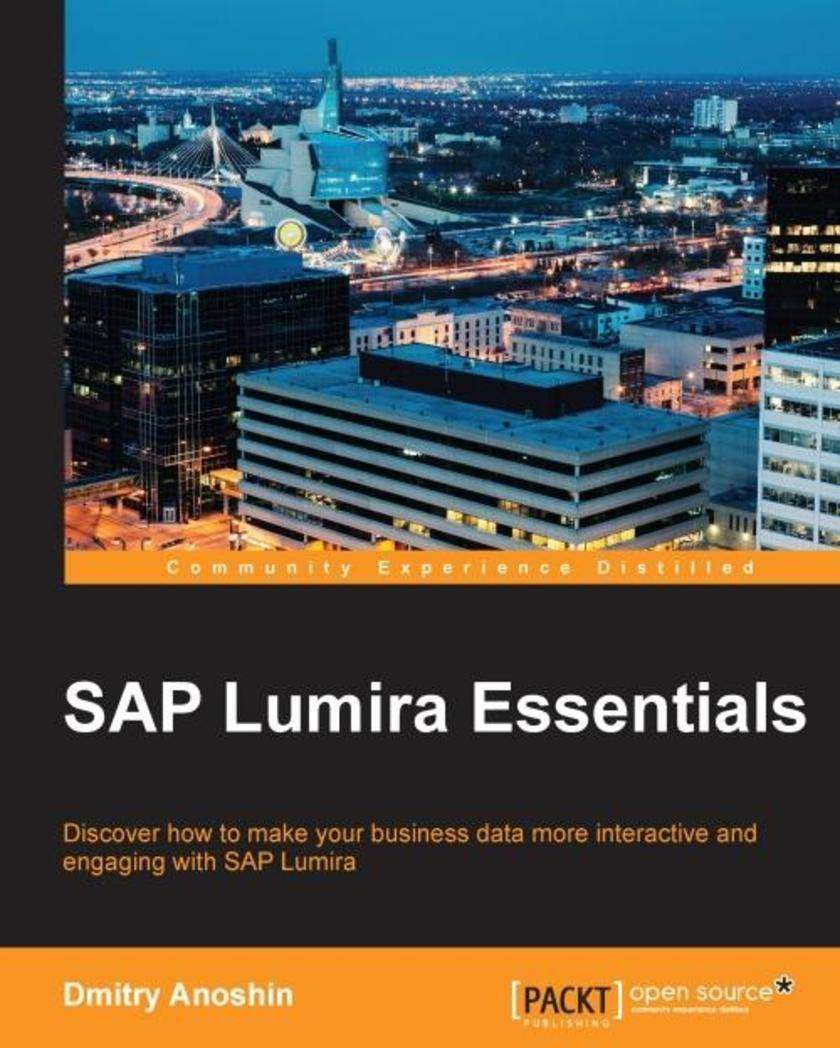
SAP Lumira Essentials
¥80.65
Discover how to make your business data more interactive and engaging with SAP Lumira About This Book Create a powerful data discovery experience with the advanced capabilities of SAP Lumira Find business insights in your data through data blending, wrangling, transformation, and visualization A fast-paced guide packed with hands-on practical examples, real-world solutions, and best practices to get you started with SAP Lumira Who This Book Is For If you are a SAP user, business analyst, BI developer, or a junior data engineer who wants to use SAP Lumira to build creative visualizations, this book is for you. You should have a reasonable level of knowledge of SAP Business Objects and its components. What You Will Learn Deploy SAP Lumira on your computer and learn more about the SAP Lumira interface Extract data from different sources using SAP Lumira’s data connecters Prepare, filter, clean, and format your data Discover visualization techniques and data discovery methods Administrate and customize SAP Lumira to get basic knowledge of its SDK Create various charts to deliver fantastic data visualizations Connect to SAP BusinessObjects BI Platform and SAP HANA to extract, prepare, and visualize data In Detail SAP Lumira allows you to combine data from multiple sources into a single view and create engaging visualizations quickly and easily. It is a reporting platform that helps users access data and independently perform analysis. With the increasing interest in data discovery, self-service BI, and visualization around the world, tools like SAP Lumira help to eliminate the complexities of analyzing and discovering data. Learn data discovery techniques, build amazing visualizations, create fantastic stories, and share your visualizations through an electronic medium with one of the most powerful tools around—SAP Lumira. You will begin with an overview of the SAP Lumira family of products. You will then go through various data discovery techniques using real-world scenarios of an online e-commerce retailer through detailed recipes on the installation, administration, and customization of SAP Lumira. Next, you will work with data, starting from acquiring data from various data sources, then preparing and visualizing it using the rich functionality of SAP Lumira. Finally, you will present data via a data story or infographic and publish it across your organization or on the World Wide Web. Style and approach This is a step-by-step guide to learning SAP Lumira essentials packed with examples on real-world problems and solutions.
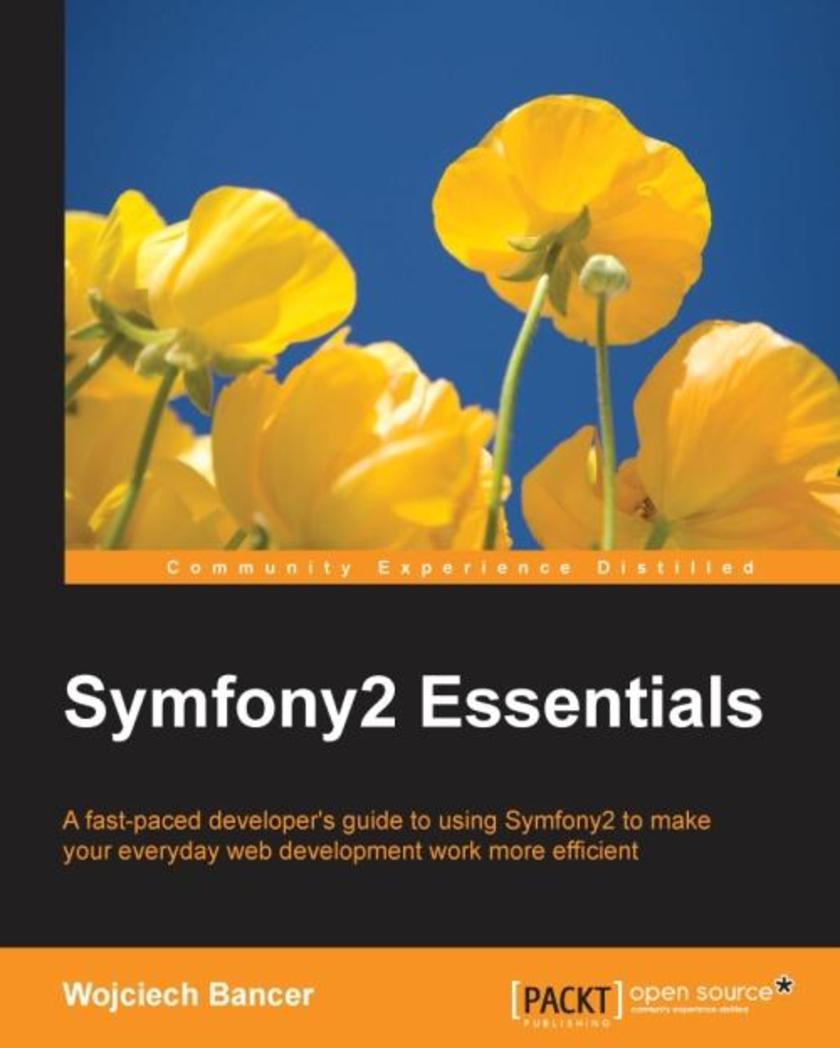
Symfony2 Essentials
¥54.49
A fast-paced developer's guide to using Symfony2 to make your everyday web development work more efficient Key Features Build web applications with the latest features of Symfony2 Focus on common tasks such as creating CRUD, creating an API, and providing a login Install and configure Symfony2 and evaluate it for your everyday needs Who This Book Is For This book is aimed at experienced programmers, especially those familiar with a closely related technology such as Yii or Laravel, but who now want to learn Symfony quickly. This book will also prove beneficial for experienced PHP developers who want to explore and evaluate new frameworks and their possibilities in day-to-day tasks. What You Will Learn Familiarise yourself with the Symfony framework, its latest features, and how to install it Discover the concept of bundles and their application Handle translations within Symfony, enable translations, and learn how to handle database translations Understand Symfony's security model, how to secure applications, and implement a custom authentication provider by using FOSUserBundle Explore the use of Twig, find best practices around its usage, and discover its common pitfalls Create internal commands that will handle sending e-mail reminders for your app Develop a plugin for the profiler to provide custom information about your application Deploy applications based on Symfony2 using various methods including simple FTP copying, rsync, CI deployment, and more In Detail Symfony is a free and open source PHP MVC web application development framework, which helps you create and maintain web applications and replace recurrent coding tasks. It integrates with an independent library, PHPUnit, to give you a rich testing framework. It is one of the best and most popular frameworks available on the market. Popular projects such as Drupal, Laravel, and phpBB also use Symfony. Its well-organized structure, clean code, and good programming practices make web development a breeze. Symfony2 Essentials will guide you through the process of creating a sample web application with Symfony2. You will create a To-Do application, using a few of the most commonly used Symfony2 components, and discover how to perform these development tasks efficiently. This book introduces you to the Symfony framework with a quick installation guide and a brief explanation of its key features including the MVC architecture, twig templating, dependency injection, and more. You will learn to manage dependencies, create controllers, views, and API calls, and secure your application. Next, you will go through the steps that are common for most web applications, which include writing CRUD and AJAX, handling forms, validation, translations, and the command-line interface, and e-mail sending features. The book ends with best practices, debugging, profiling, and deployment procedures. By the end of this book, you will have learned how to combine a Symfony2 framework with other open source code to speed up the development process. Style and approach A fast-paced, step-by-step guide with examples on how to write the most common pieces of code while developing typical web applications with Symfony.
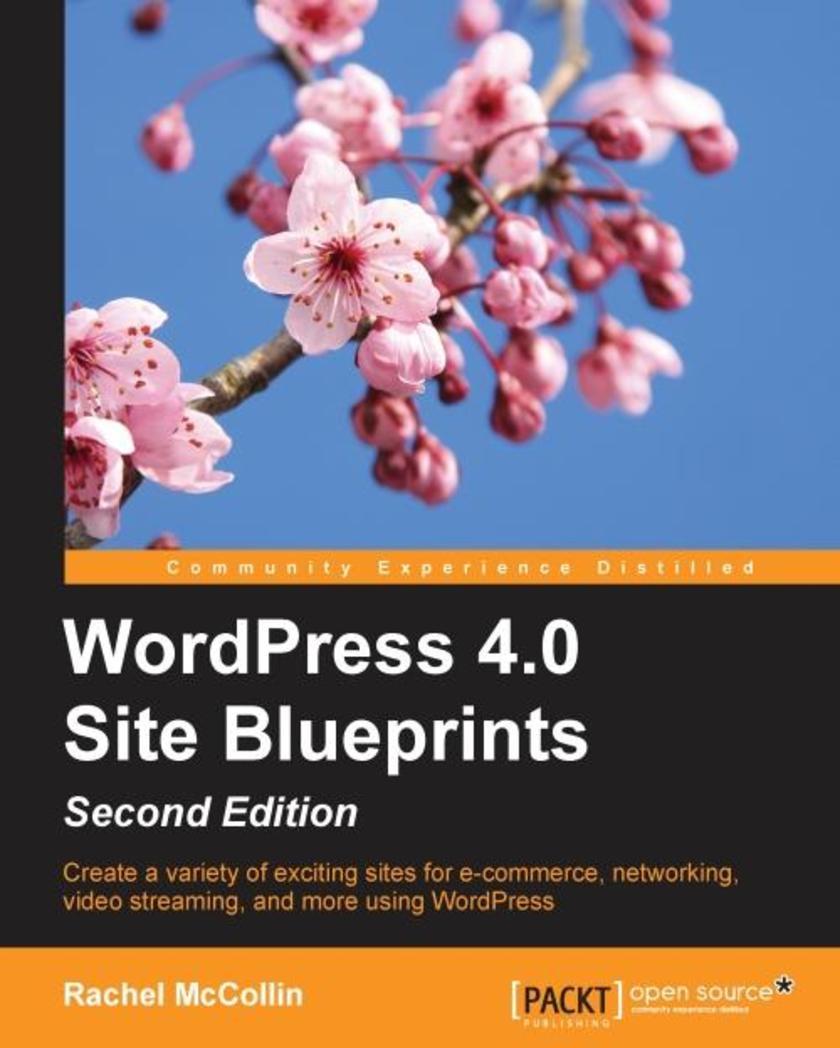
WordPress 4.0 Site Blueprints - Second Edition
¥80.65
Create a variety of exciting sites for e-commerce, networking, video streaming, and more, using WordPress About This Book Build ten different types of website using WordPress Transfer your static site to WordPress and create sites to make money, build communities, and share your ideas The projects in the book will teach you how to use free themes and plugins without any prior coding experience Who This Book Is For WordPress Site Blueprints is suitable for new or experienced WordPress users. You don’t need to be a PHP developer or have ever created a WordPress theme or plugin. Instead the book will help you use themes and plugins (all free) to create a wide range of sites. Familiarity with the WordPress interface will help you but you don’t need to be able to write code. What You Will Learn Migrate your old static site into WordPress Create a network of sites for other people to work with each other Build a great store using the free WooCommerce plugin Create a video streaming site linked to YouTube Create a review site for products, services, or anything you’d like Create a jobs board so people can post jobs and apply for them Create websites that focus on networking such as a social media site, a communications center for your team, and a membership site to build a community Create a beautiful gallery site to showcase your photography In Detail WordPress is the world’s most popular Content Management System (CMS) and you can use it to create any kind of site you or your clients need. Using free plugins and themes for WordPress, you can create a store, a social media site, a review site, a video site, a network of sites or a community site, and more. Wordpress makes your job of creating your own website simple and hassle-free! If you’ve started using WordPress to create a blog or simple website, you’ll have had a taste of the opportunities offered by this massively popular CMS. This book will take you through the process of creating ten popular kinds of site using WordPress with free plugins and themes, each chapter covering various functionality of the web. After having learned how to migrate from your static site to Wordpress in the first chapter, you will then explore the world of social networking websites followed focusing on e-commerce. Without writing too much code, you’ll be able to create a store, a video streaming site, a team communications site, a jobs board, and more. This book is a one-stop solution to resolve all your worries about creating a website that will give the best experience to your users. Style and approach A project-based step-by-step guide to creating ten different types of popular website using WordPress. This book takes you through clear and logical steps, with screenshots and tips along the way to help you follow the guide and learn how to get more from WordPress.
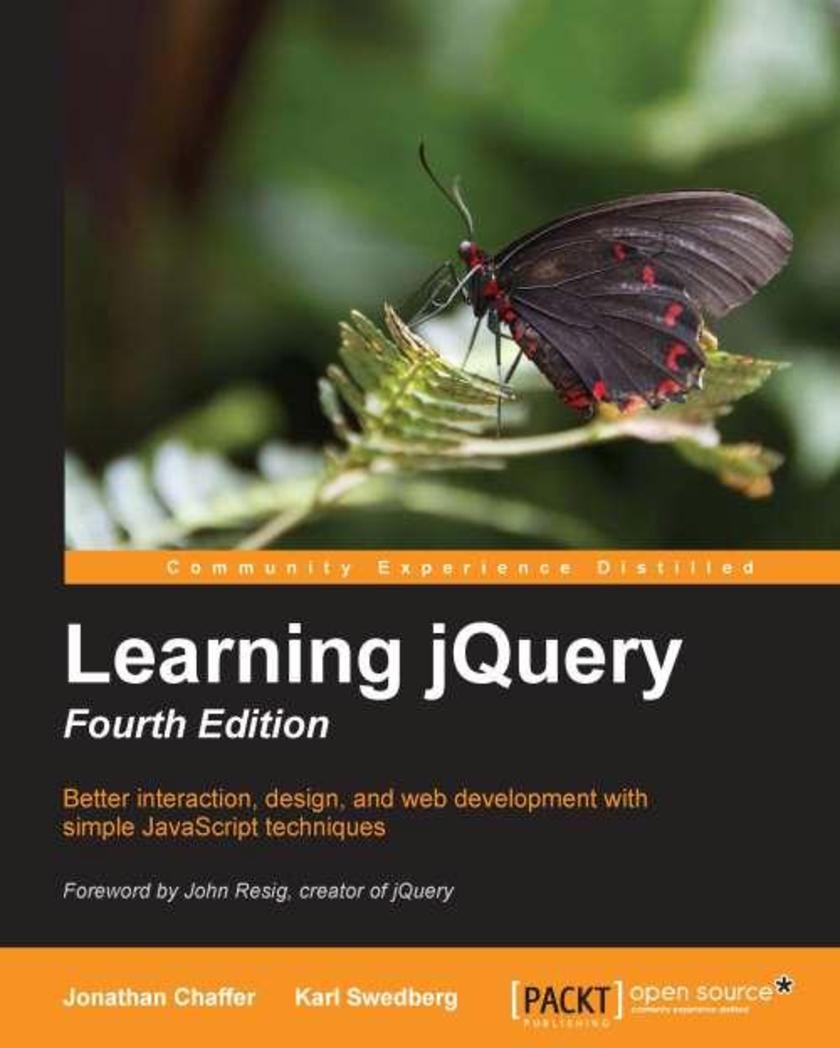
Learning jQuery Fourth Edition
¥71.93
Step through each of the core concepts of the jQuery library, building an overall picture of its capabilities. Once you have thoroughly covered the basics, the book returns to each concept to cover more advanced examples and techniques.This book is for web designers who want to create interactive elements for their designs, and for developers who want to create the best user interface for their web applications. Basic JavaScript programming and knowledge of HTML and CSS is required. No knowledge of jQuery is assumed, nor is experience with any other JavaScript libraries.
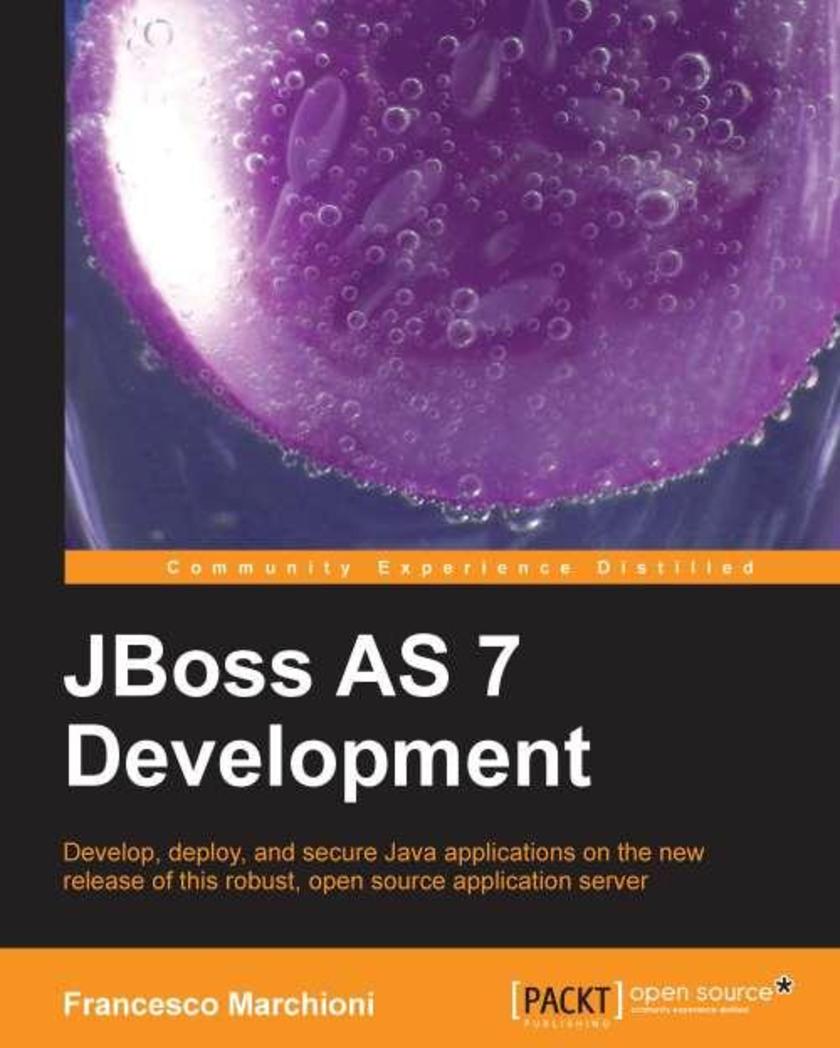
JBoss AS 7 Development
¥90.46
This book will kick-start your productivity and help you to master JBoss AS development. The author's experience with JBoss enables him to share insights on JBoss AS development in a clear and friendly way. By the end of the book, you will have the confidence to apply all the newest programming techniques to your JBoss applications.If you are a Java architect or developer who wants to get the most out of the latest release of the JBoss application server, then this book is for you. You are not expected to have accumulated experience on the application server though you must know the basic concepts of Java EE.
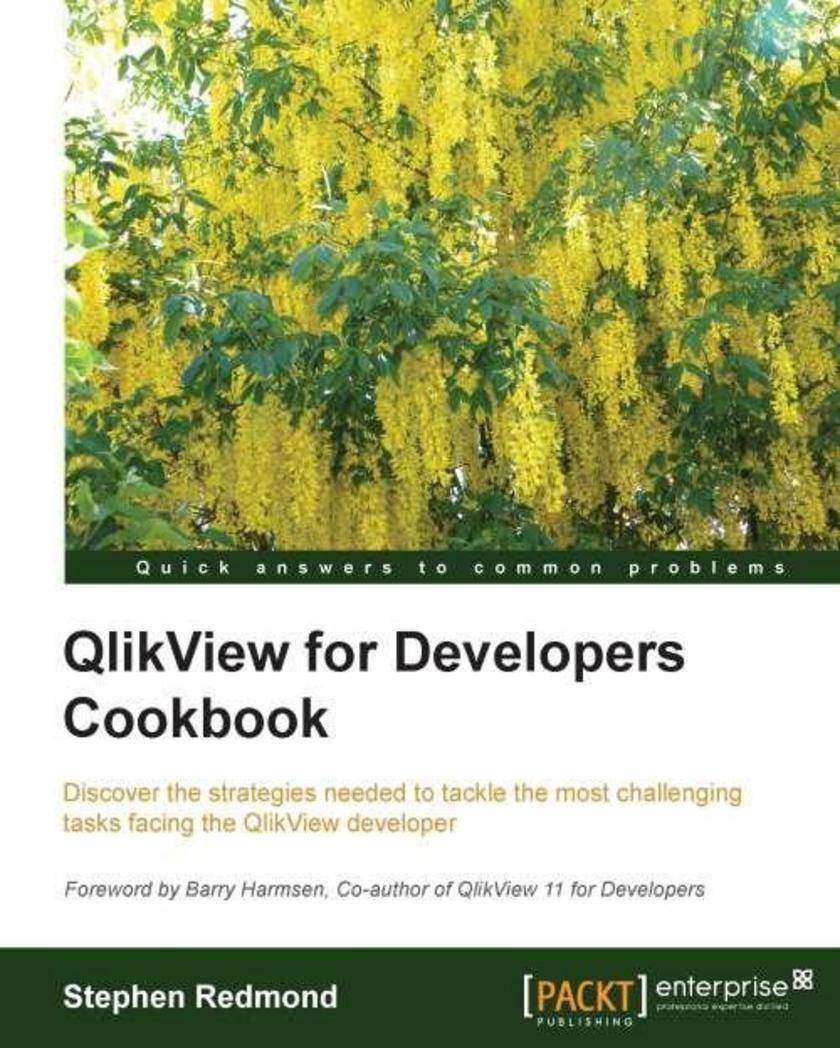
QlikView for Developers Cookbook
¥80.65
The recipes in this Cookbook provide a concise yet practical guide on how to become an excellent QlikView developer. The book begins with intermediate level recipes and then moves on to more complex recipes in an incremental manner.This book is for anyone who has either attended QlikView Developer training or has taught themselves QlikView from books or online sources. You might be working for a QlikView customer, partner, or even QlikView themselves (or want to!) and want to improve your QlikView skills.
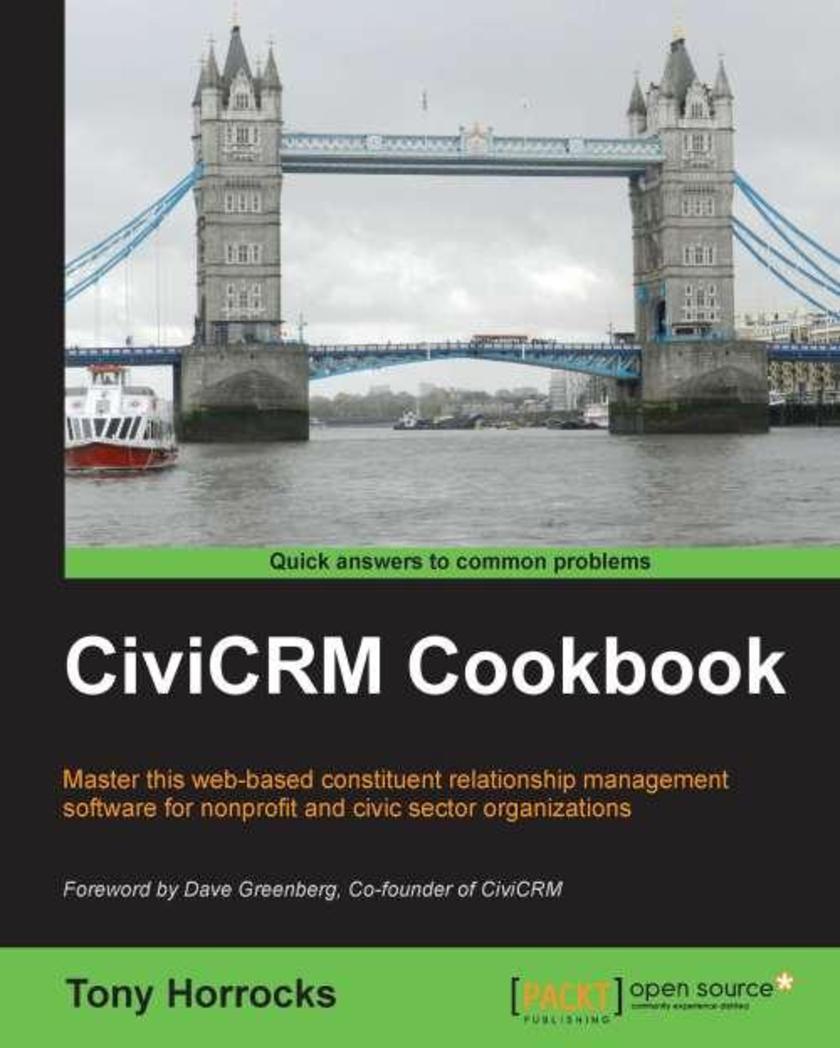
CiviCRM Cookbook
¥80.65
This book is written in cookbook style with practical, comprehensive recipes expained with the aid of the necessary screenshots.If you have basic CiviCRM skills and want to further enhance your CiviCRM skills, this book is for you.

Instant Yii 1.1 Application Development Starter
¥41.41
Get to grips with a new technology, understand what it is and what it can do for you, and then get to work with the most important features and tasks. A concise guide that delivers immediate results with practical recipes that give you useful hints and tips on avoiding the pitfalls in Eclipse 4 development.This book is aimed at developers with some basic programming experience and a general understanding of relational databases, or anyone who is ready to take their development to the next level with framework-driven development. A basic understanding of MySQL, PHP, HTML, and HTTP is expected.
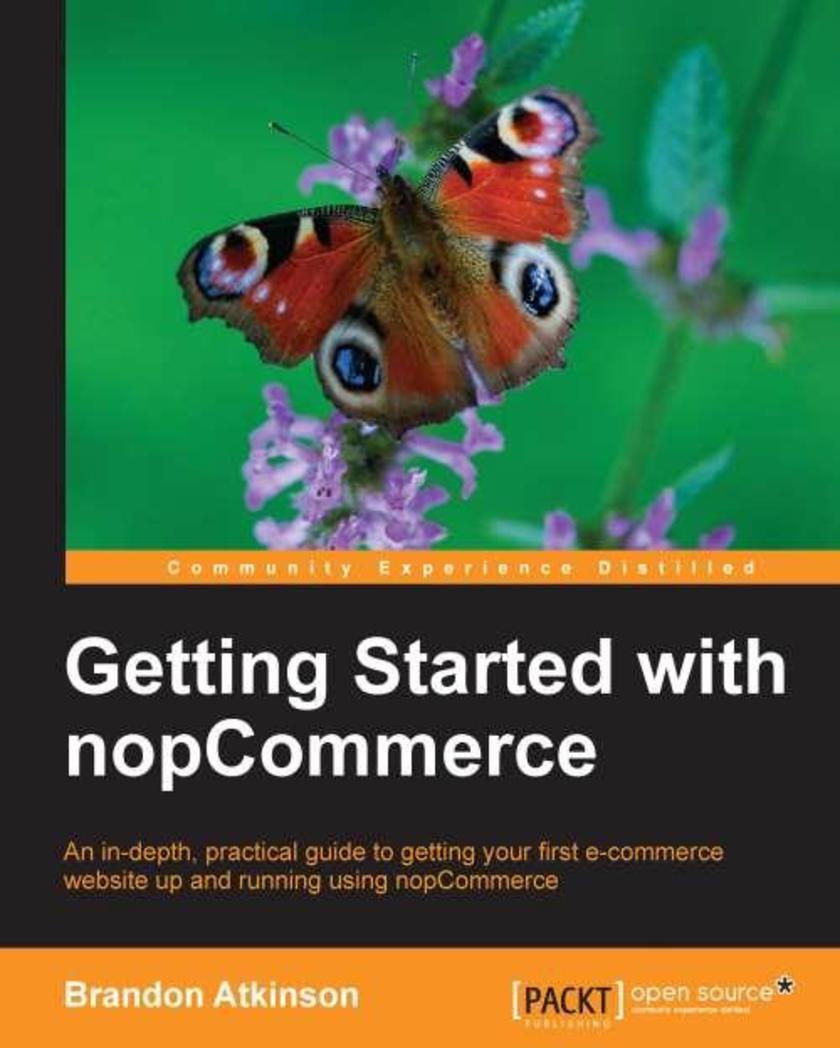
Getting Started with nopCommerce
¥63.21
A friendly, tutorial style book, which will help you learn your way through creating a live storefront with nopCommerce in a step-by-step manner.Getting Started with nopCommerce is for anyone who wants to sell products online using nopCommerce. If you are a non-technical person and are discouraged by the complexity of this powerful e-commerce application, then this book is for you.

World of Warcraft Gold Strategy Guide
¥54.49
Rich with examples, detailed breakdowns, and step-by-step instructions, this book gets down to the nuts and bolts of gold making, to help you become a World of Warcraft gold tycoon.This book is for every World of Warcraft player who’s tired of scrapping for gold or has ever wanted to be the one showing off expensive items in town.
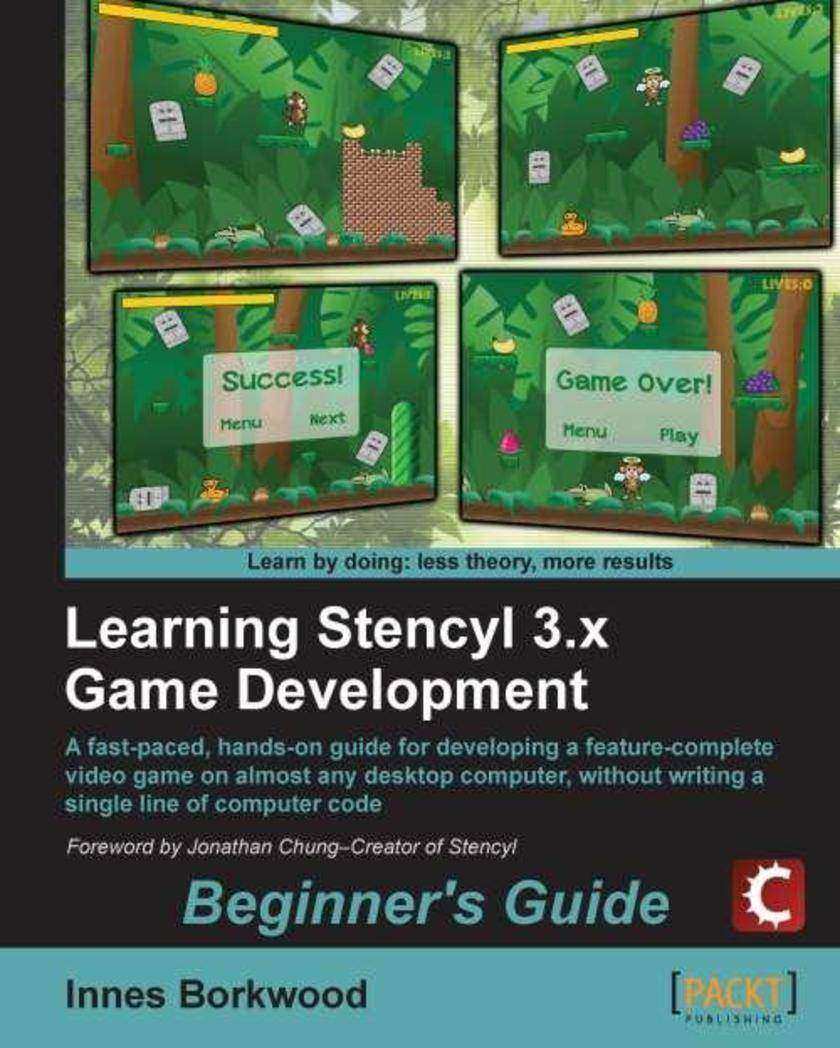
Learning Stencyl 3.x Game Development: Beginner's Guide
¥80.65
A step-by-step, practical tutorial with a no-nonsense approach. The book starts by showing readers how to create a playable game that is fully-functioning, then moves on to demonstrate how to fine-tune the game with eye-catching graphics techniques, audio-effects and more.This book is for indie and existing game developers and those who want to get started with game development using Stencyl. Some understanding of Objective-C, C++, and game development basics is recommended. People with some programming experience may also find this book useful.
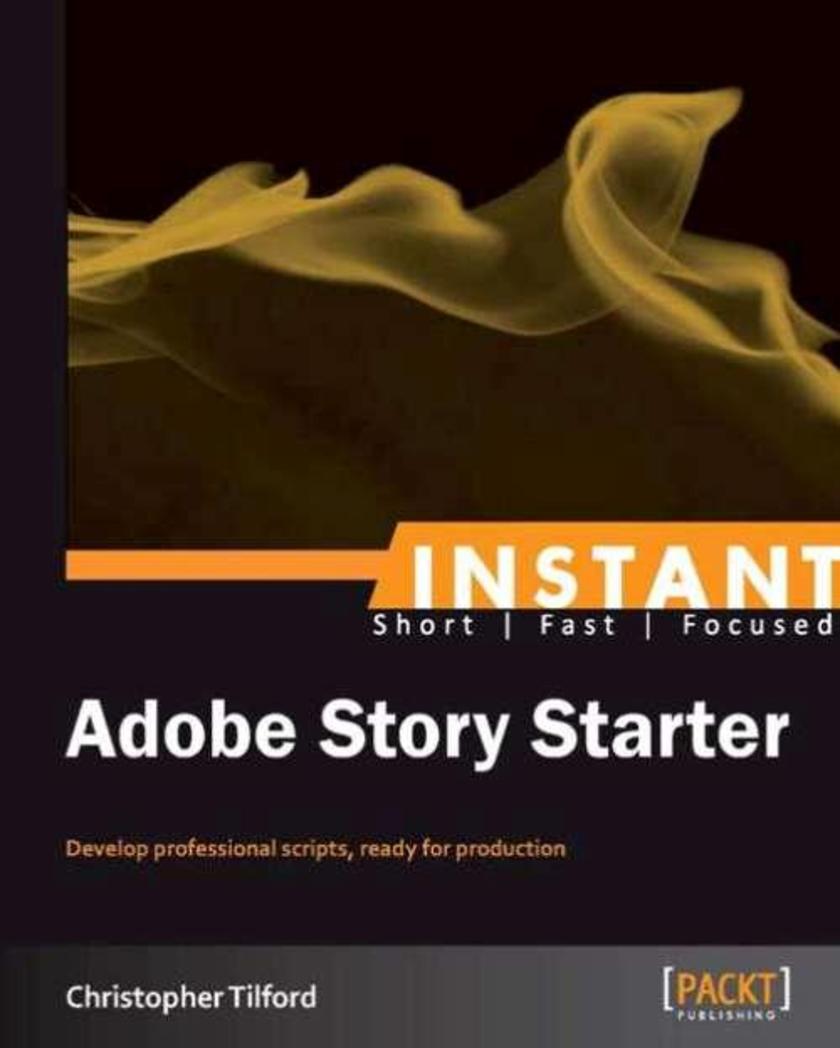
Instant Adobe Story Starter
¥35.96
Get to grips with a new technology, understand what it is and what it can do for you, and then get to work with the most important features and tasks. If you're keen to get started writing your own *s, then you should be able to pick up this essential guide and get creative right away! No prior experience is required, as this is open to all skill levels. If you've always wanted to write *s for a variety of different creative mediums like film and television, but are unsure of what the industry is looking for when it comes to formatting requirements, then this book is for you.

Mastering Lumion 3D
¥80.65
This book is designed for all levels of Lumion users; from beginner to advanced, you will find useful insights and professional techniques to improve and develop your skills in order to fully control and master Lumion.
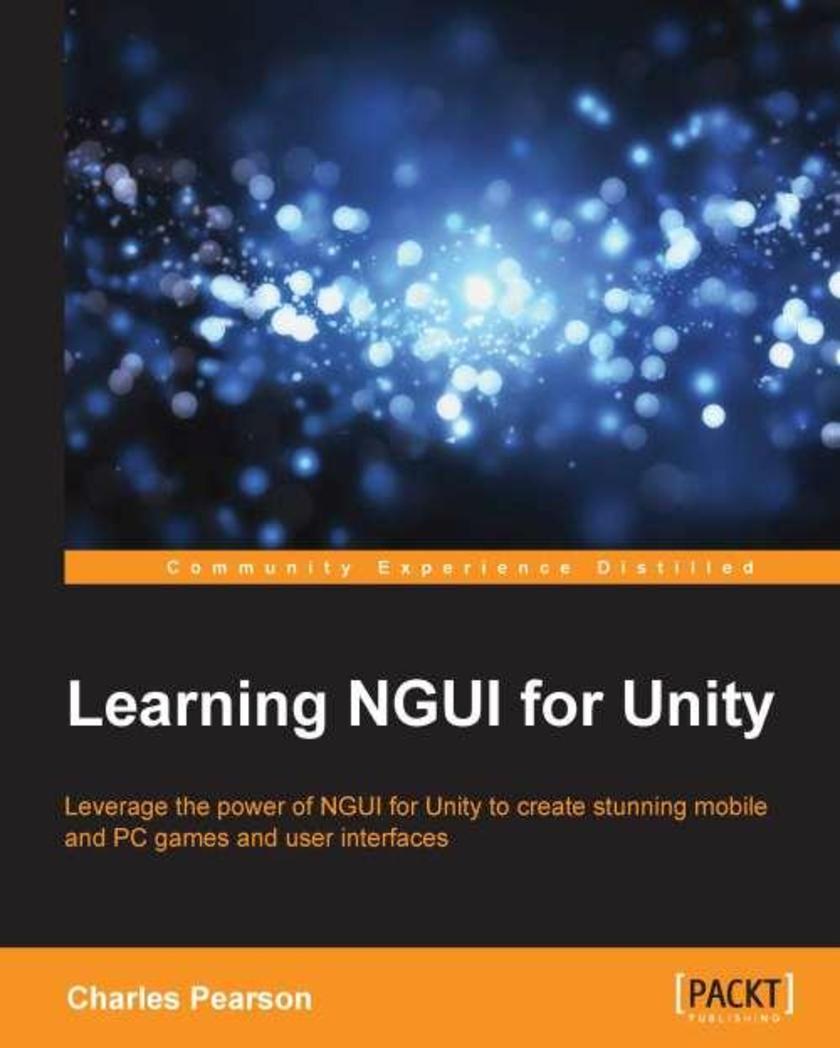
Learning NGUI for Unity
¥80.65
If you are a Unity 3D developer who wants to create an effective and user-friendly GUI using NGUI for Unity, then this book is for you. Prior knowledge of C# *ing is expected; however, no knowledge of NGUI is required.
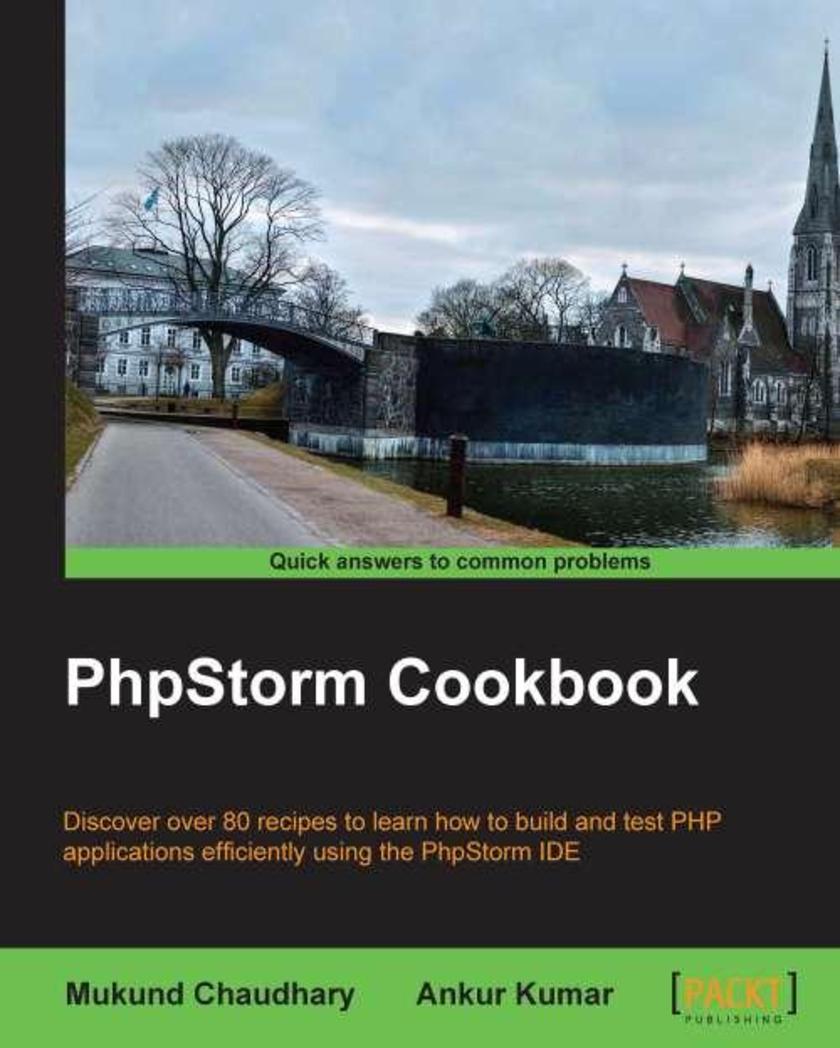
PHPStorm Cookbook
¥80.65
If you are a competent PHP developer who knows the basics of PHPStorm and intends to gain better knowledge of PHPStorm by learning and implementing pro-level practices, techniques, and solutions, then this book is for you. It is assumed that you already have a working installation of the software setup.
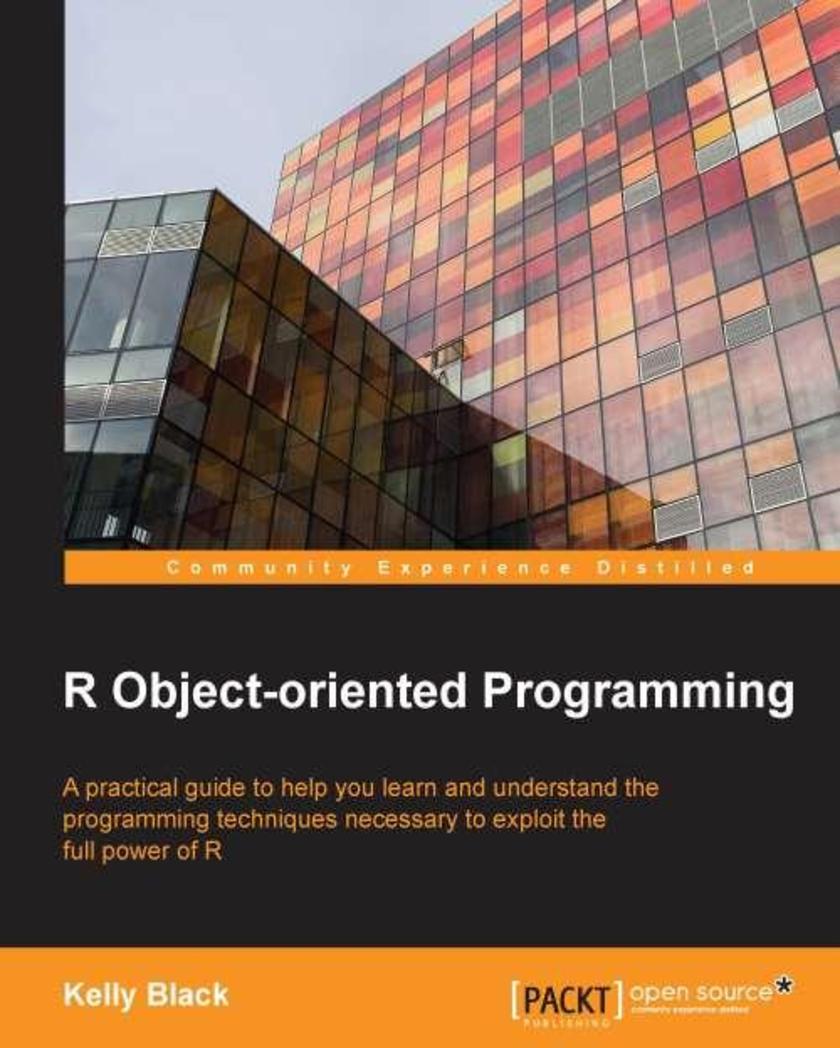
R Object Oriented Programming
¥80.65
This book is designed for people with some experience in basic programming practices. It is also assumed that they have some basic experience using R and are familiar using the command line in an R environment. Our primary goal is to raise a beginner to a more advanced level to make him/her more comfortable creating programs and extending R to solve common problems.
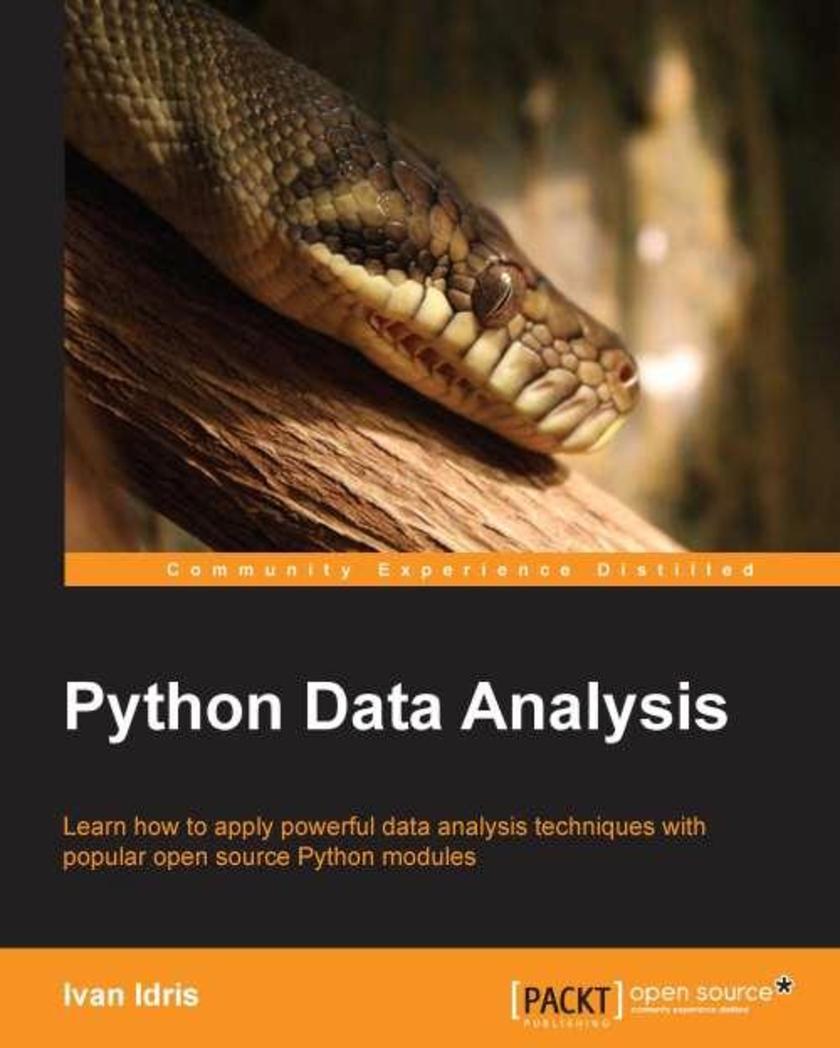
Python Data Analysis
¥90.46
This book is for programmers, scientists, and engineers who have knowledge of the Python language and know the basics of data science. It is for those who wish to learn different data analysis methods using Python and its libraries. This book contains all the basic ingredients you need to become an expert data analyst.




 购物车
购物车 个人中心
个人中心



